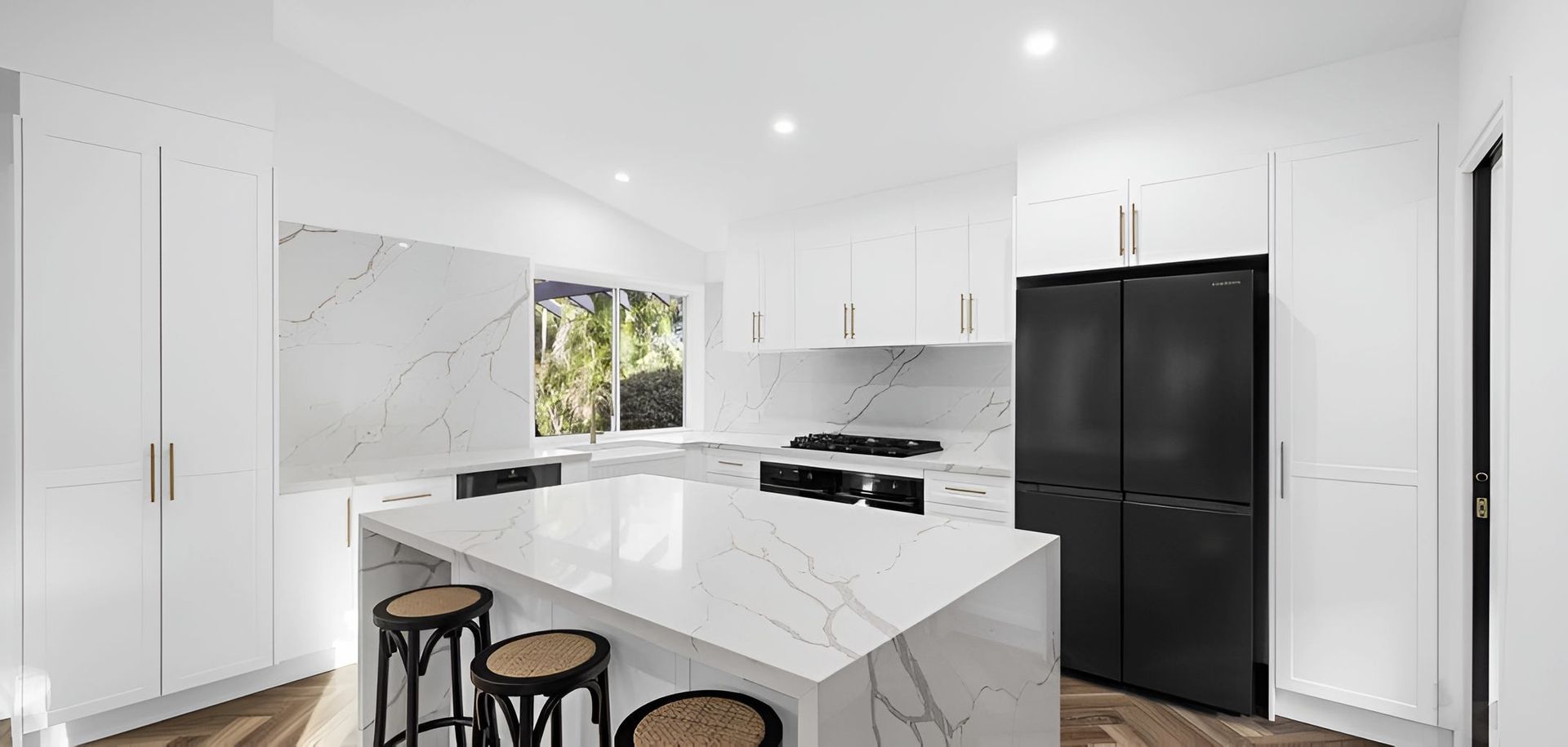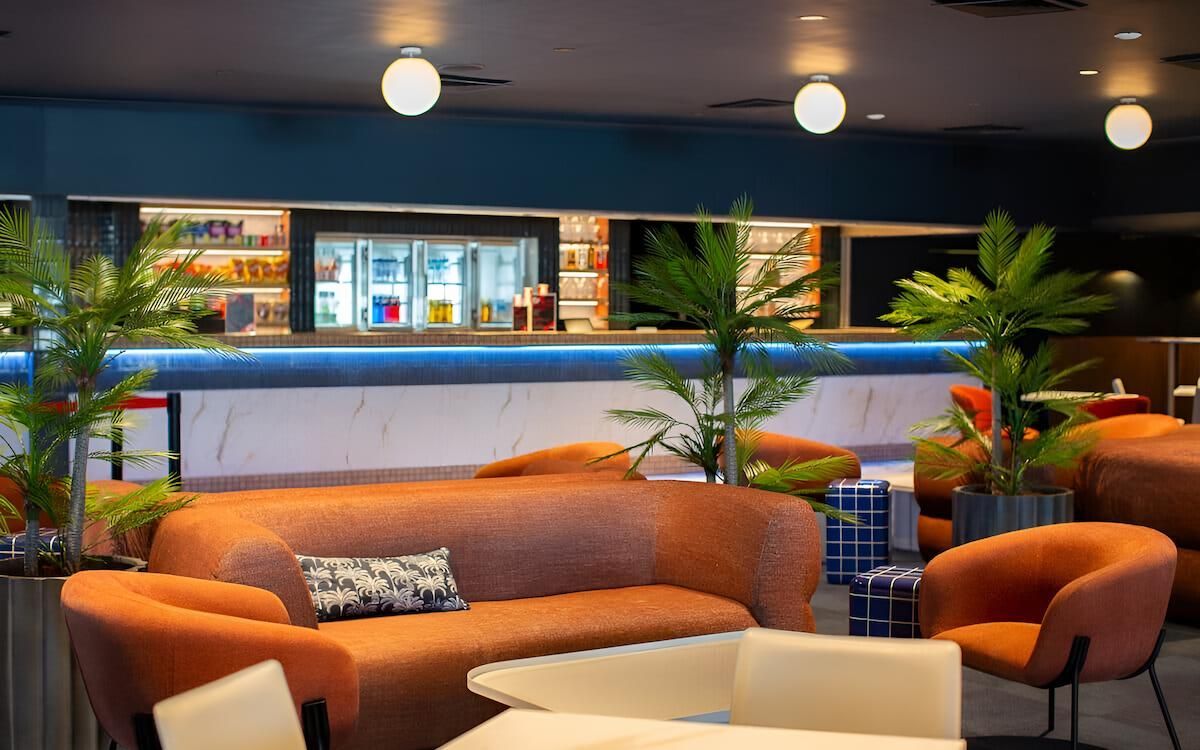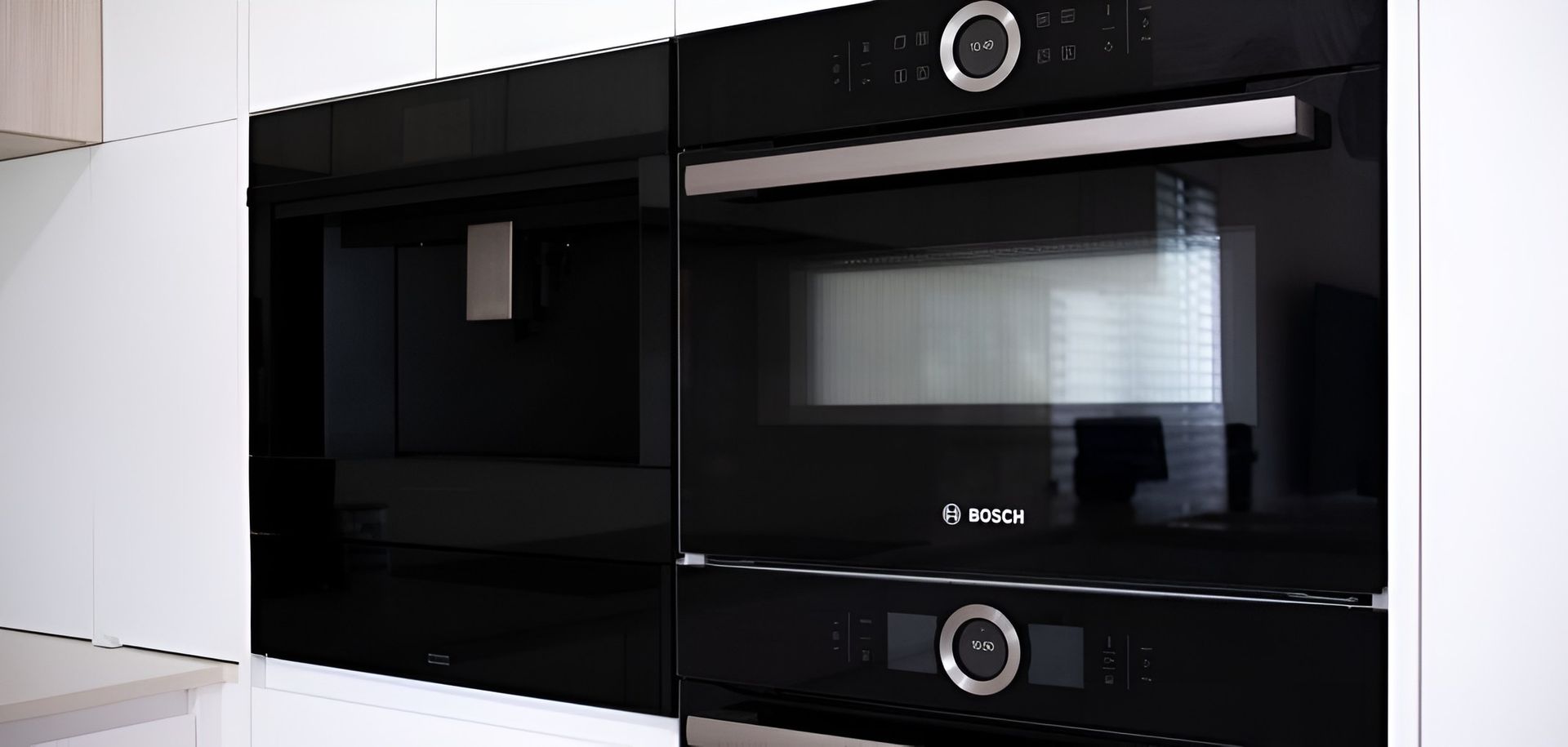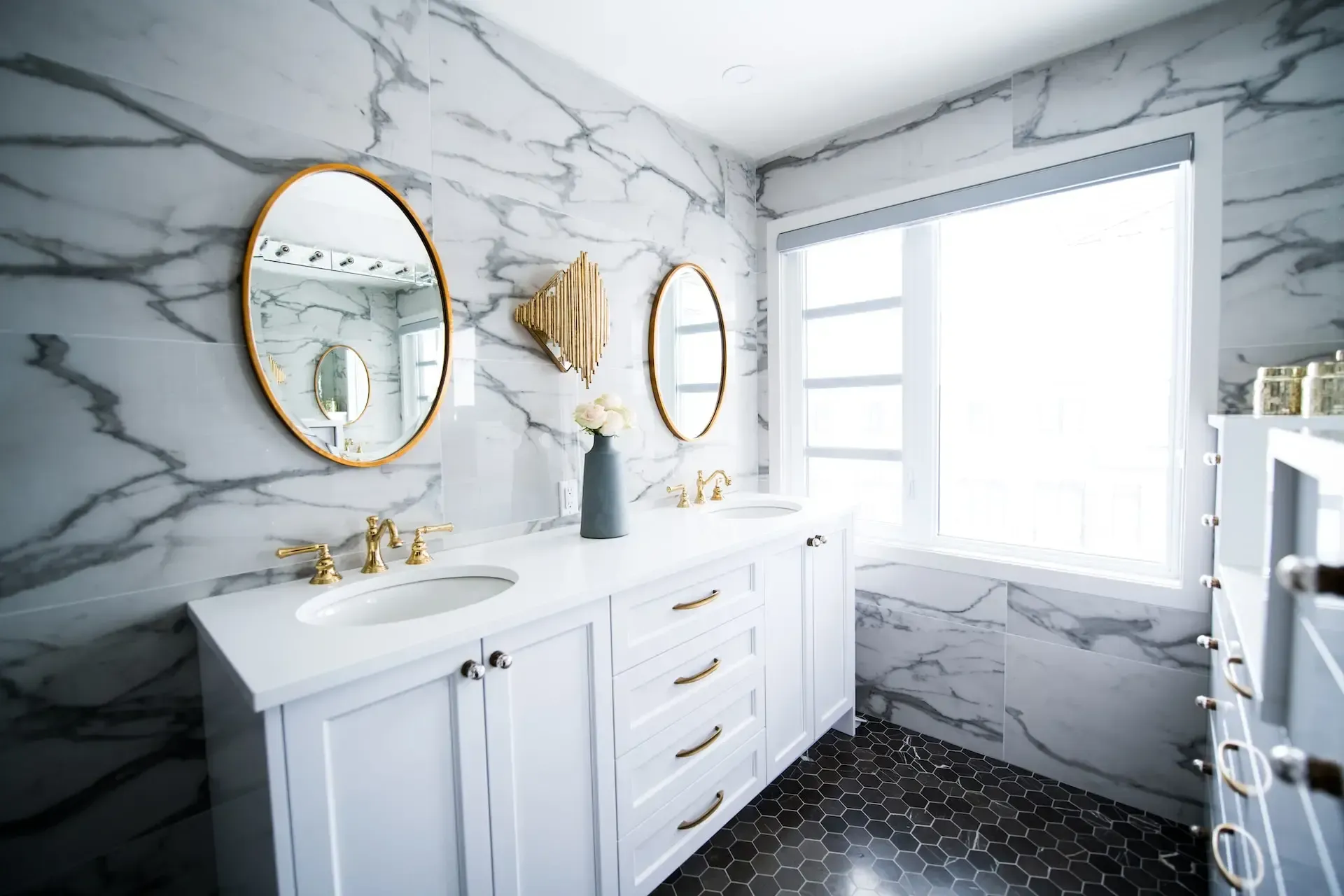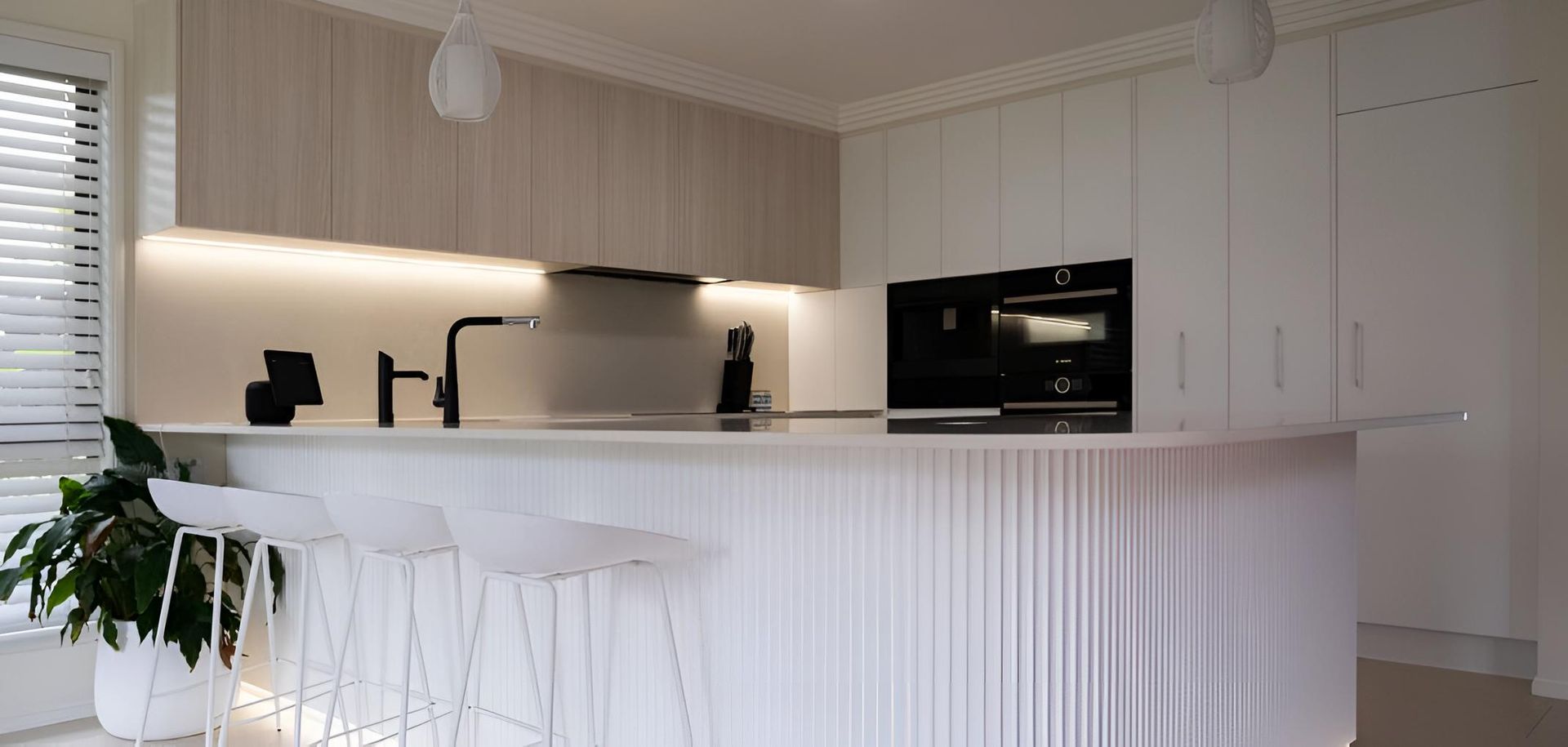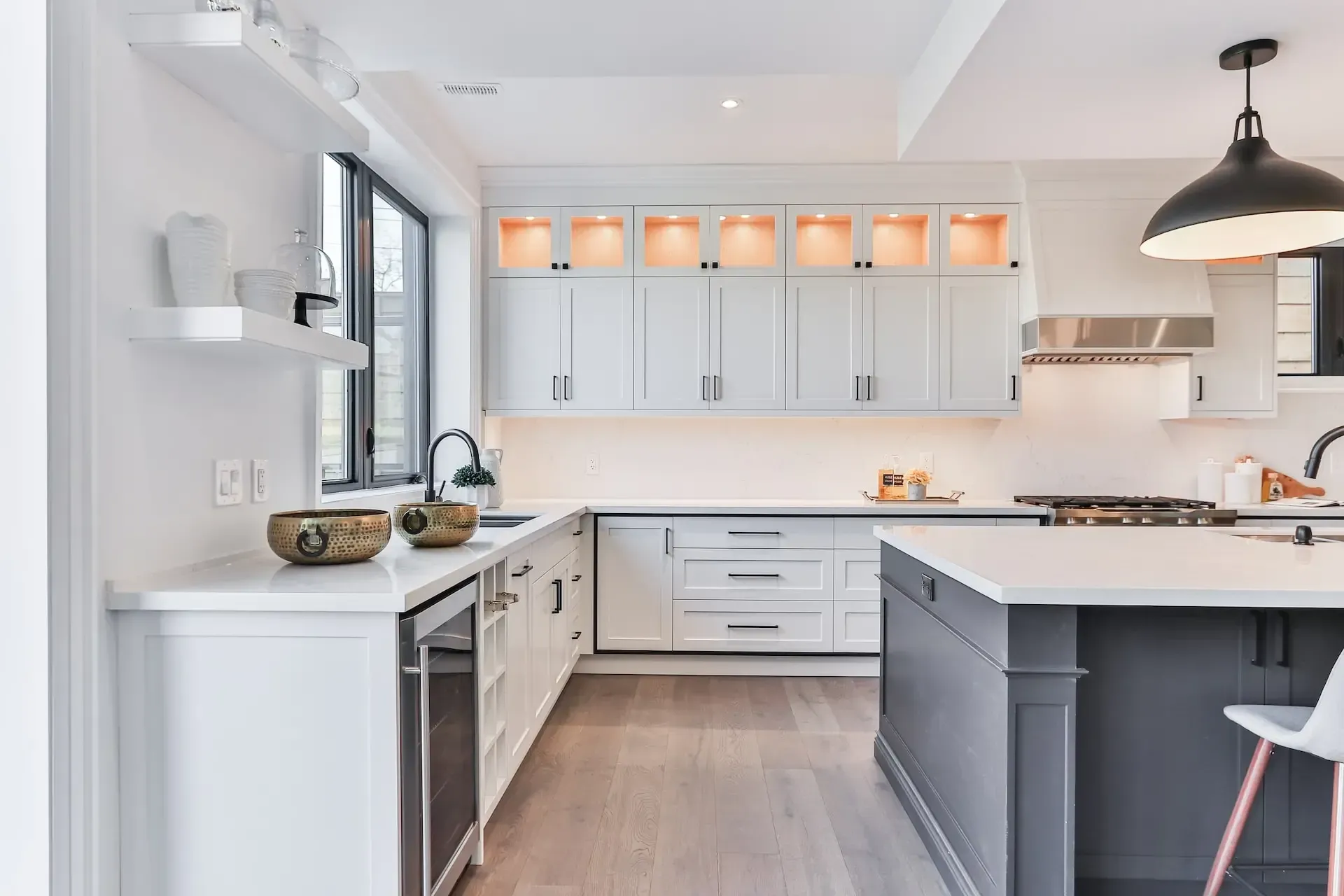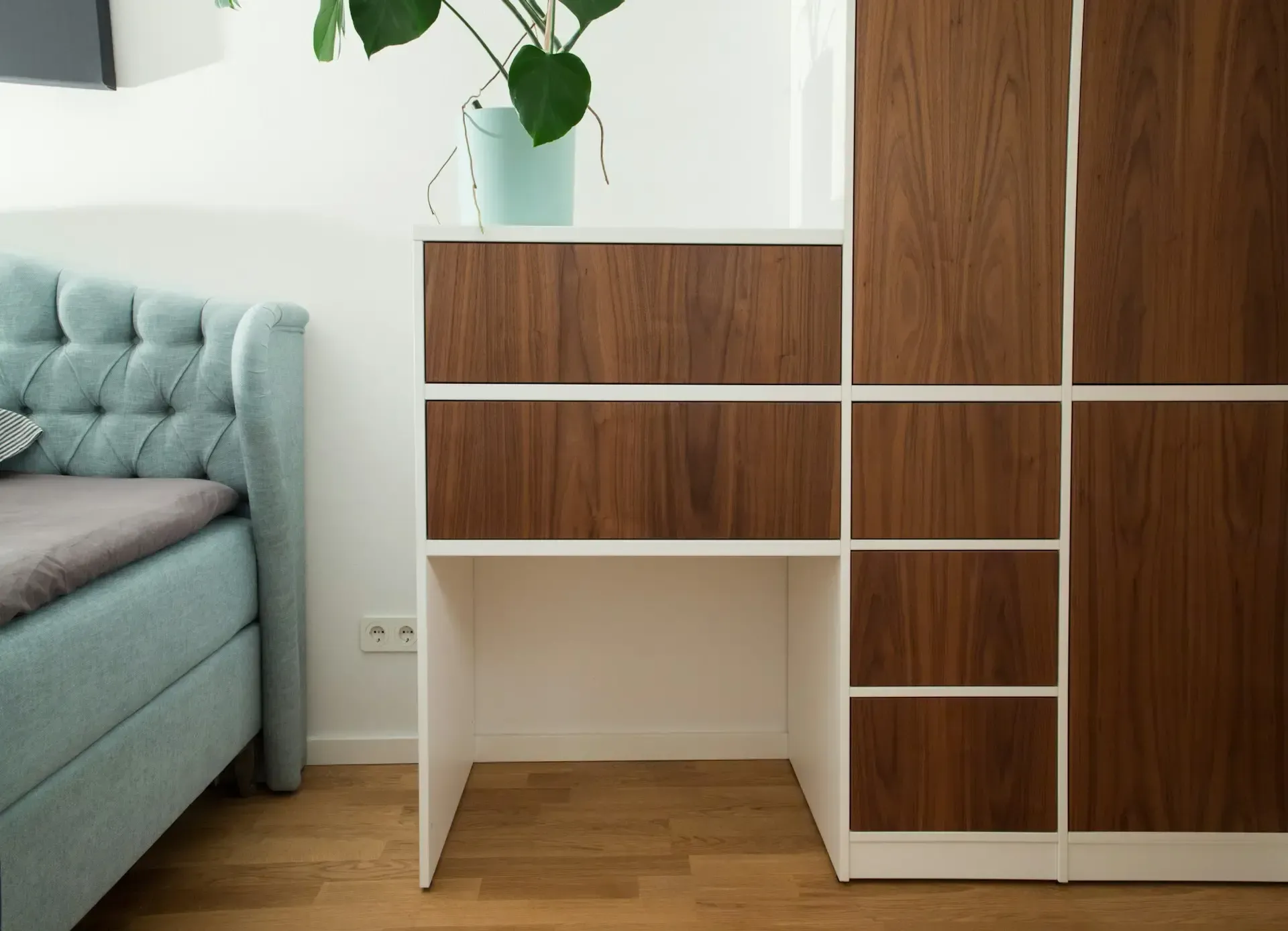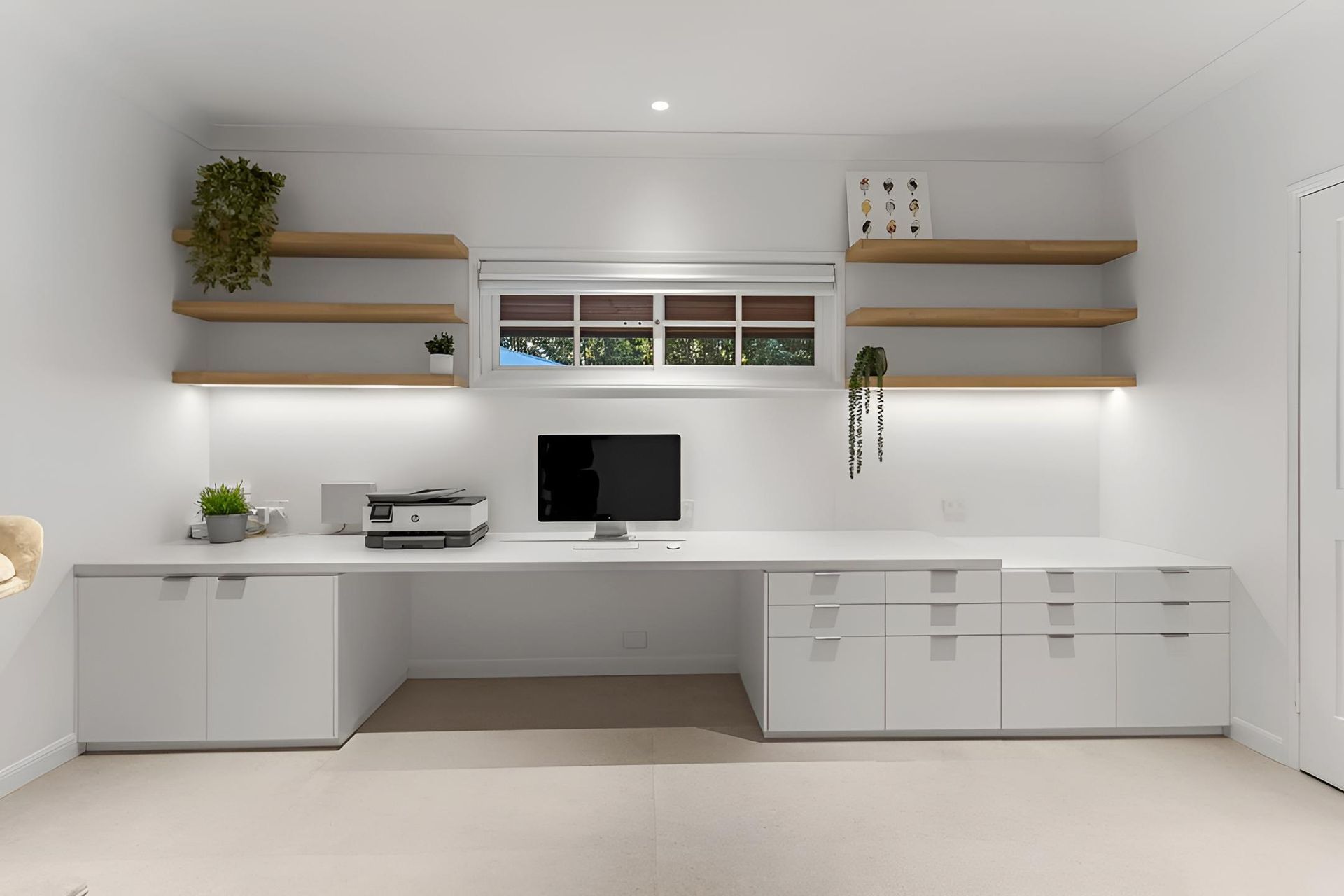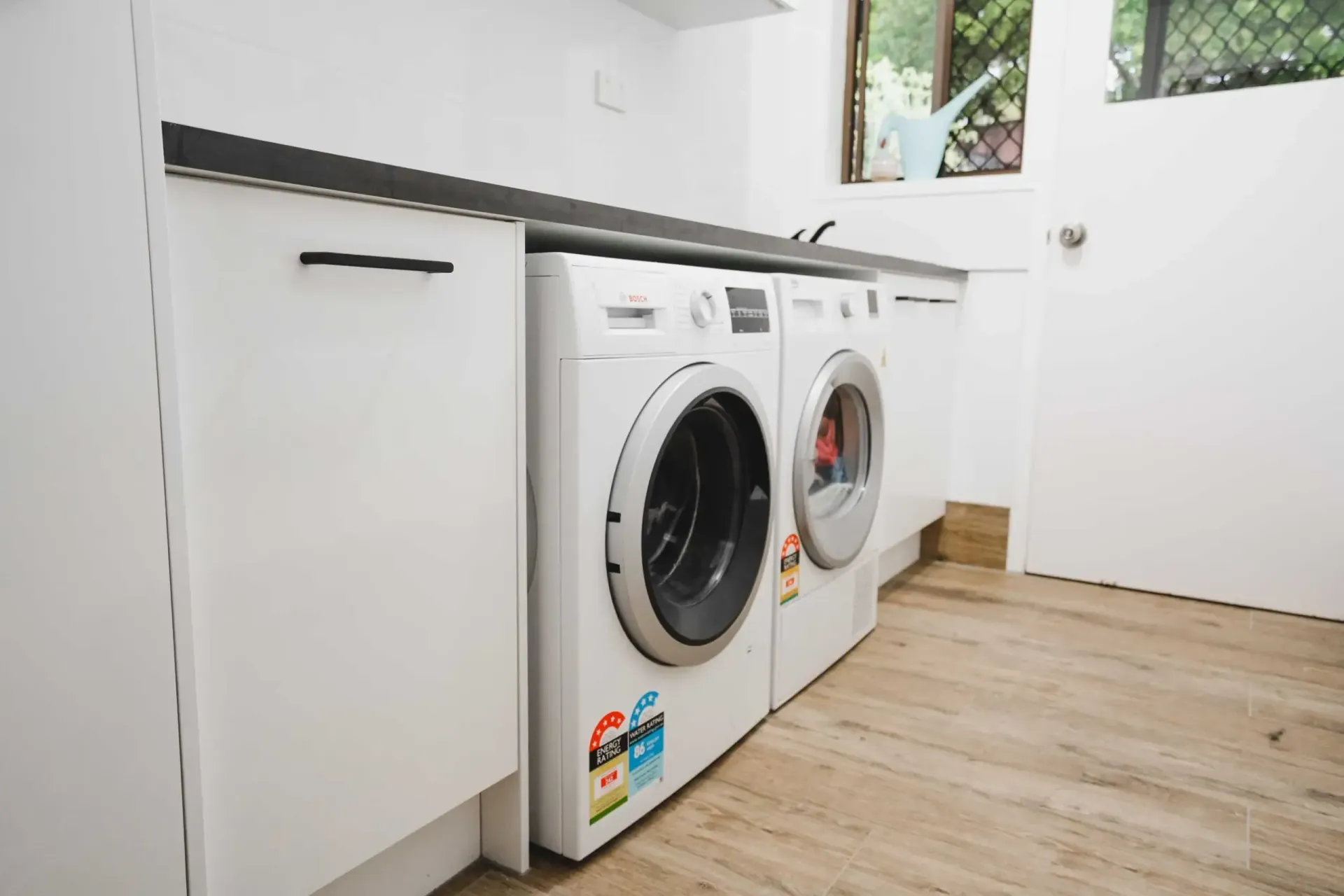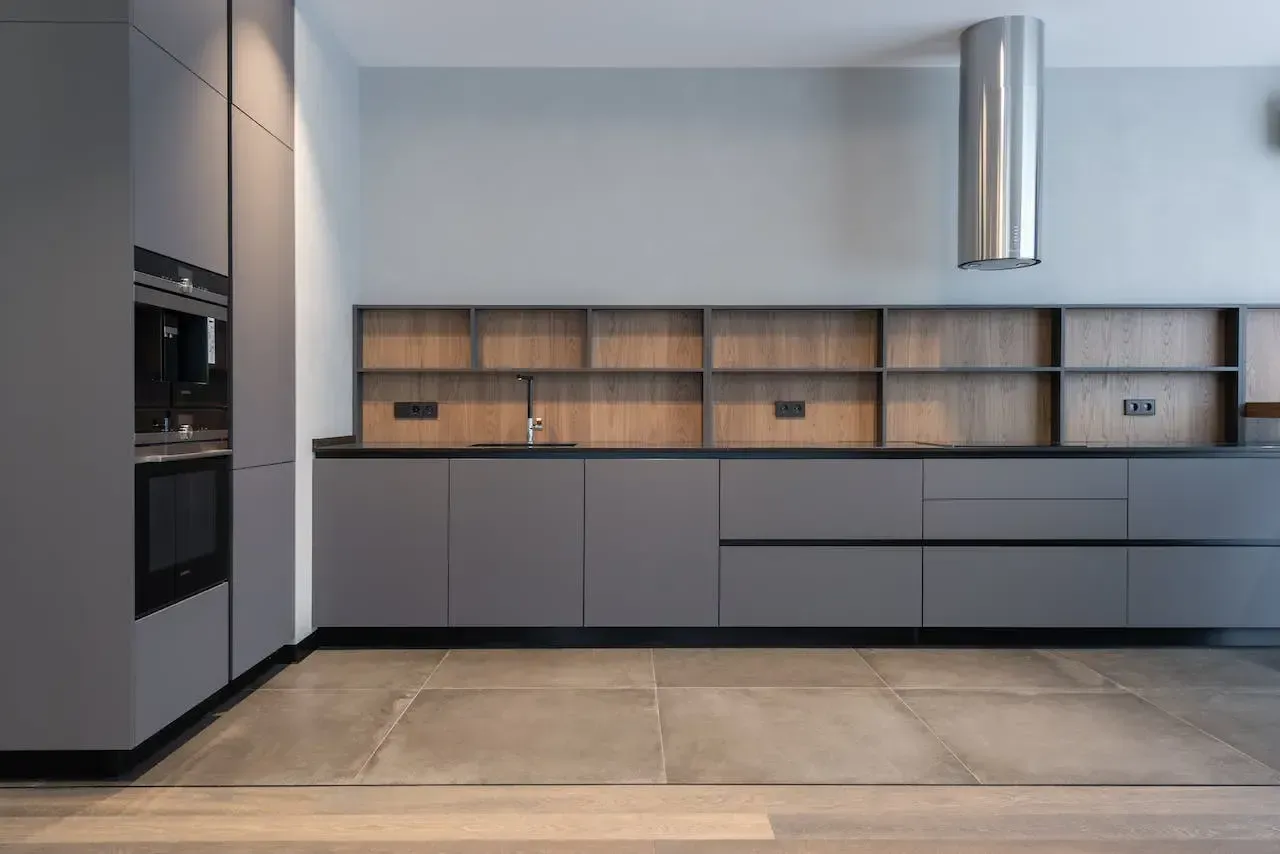Enhancing Bathroom Design with Stylish Vanities
Bathroom vanities are a crucial component of any bathroom design. They not only serve as functional pieces of furniture for storage and organisation, but they can also enhance the space’s aesthetic appeal. In this post, we will explore the importance of bathroom vanities and their impact on bathroom design.
Functionality of Bathroom Vanities
One of the primary functions of bathroom vanities is storage. They provide a convenient and accessible space for storing bathroom essentials such as towels, toiletries, and cleaning supplies.
A designated storage space within the bathroom can help reduce clutter and promote organisation.
Bathroom vanities can also serve as a functional workspace for grooming and preparation. The vanity countertop provides a flat surface for tasks such as applying makeup, styling hair, and shaving. A designated space for these tasks can make the bathroom more efficient and streamlined.
Additionally, bathroom vanities can serve as a lighting source within the bathroom. Many vanities come equipped with built-in lighting fixtures that can provide ample illumination for grooming and preparation tasks. This can be especially important in bathrooms with limited natural light.
Aesthetic Appeal of Bathroom Vanities
Beyond their functional benefits, bathroom vanities can also enhance the aesthetic appeal of the space. They are available in various styles, materials, and finishes, allowing homeowners to choose a vanity that complements their design preferences.
For example, a traditional bathroom might feature a wooden vanity with ornate details and a marble countertop. On the other hand, a modern bathroom might feature a sleek, minimalist vanity with a concrete countertop. The design possibilities are endless, allowing homeowners to create a space that reflects their personal style.
Bathroom vanities can also serve as a focal point within the bathroom. A well-designed vanity can draw the eye and create a sense of visual interest within the space. This can be especially important in bathrooms without other decorative elements, such as artwork or accessories.
Factors to Consider When Choosing a Bathroom Vanity
When choosing a bathroom vanity, there are several factors to consider:
1. Size: The size of the bathroom vanity should be proportionate to the size of the bathroom. A large vanity in a small bathroom can make the space feel cramped, while a small vanity in a large bathroom can feel underwhelming.
2. Storage: Consider the amount of storage needed for bathroom essentials. A larger family might require more storage space than a single person, for example.
3. Style: Choose a vanity style that complements the overall design of the bathroom. Consider factors such as the colour scheme, materials, and finishes.
4. Functionality: Consider the functionality of the vanity. Does it provide adequate lighting? Is the countertop space sufficient for grooming and preparation tasks?
5. Budget: Set a budget for the bathroom vanity and choose one that fits that budget. Keep in mind that higher-end materials and finishes will increase the cost of the vanity.
Types of Bathroom Vanities
There are several types of bathroom vanities to choose from:
- Freestanding Vanities: Freestanding vanities are not attached to the wall and can be moved or replaced easily. They are available in a wide range of styles and sizes, making them a versatile option for most bathrooms.
- Wall-Mounted Vanities: Wall-mounted vanities are attached to the wall and do not have legs or a base. They are a good option for smaller bathrooms where floor space is limited.
- Double Vanities: Double vanities are designed for two people at once. They are typically larger than single vanities and provide separate storage and countertop space for each person.
- Vessel Sink Vanities: Vessel sink vanities feature a sink that sits on top of the countertop, rather than being recessed. They are stylish option that can add visual interest to the bathroom.
- Custom Vanities: Custom vanities are designed to fit the homeowner’s specific dimensions and style preferences. They offer a high level of customisation and can be an excellent option for those with unique bathroom designs.
The Reasons You Should Upgrade Your Bathroom Vanity
- Increased Functionality: Upgrading your bathroom vanity can provide more storage space, better lighting options, and improved organisation, making your daily routine more efficient and enjoyable.
- Enhanced Style: A new vanity can instantly update the look and feel of your bathroom, giving it a fresh and modern appearance. It can also complement your existing decor and add value to your home.
- Improved Comfort: A larger, more functional vanity can make your bathroom more comfortable and enjoyable. With more countertop space, you can keep your toiletries within reach and avoid clutter.
- Better Resale Value: Upgrading your bathroom vanity can increase the resale value of your home, making it a smart investment. Potential buyers are often drawn to updated bathrooms, and a new vanity can be a selling point.
- Cost-Effective: Compared to other home improvement projects, upgrading your bathroom vanity can be a cost-effective way to improve your bathroom’s functionality and appearance. It can also be a quick and easy project to complete, with minimal disruption to your daily routine.
The Average Cost of a Bathroom Vanity Installation
The cost of a bathroom vanity installation can vary depending on factors such as the vanity’s size and quality, the installation’s complexity, and the home’s location. On average, homeowners can expect to spend between $500 and $3,000 for a new bathroom vanity installation.
This cost includes the price of the vanity itself, as well as any necessary plumbing and electrical work, and installation fees. Homeowners may also need to factor in additional costs for any necessary repairs or upgrades to the bathroom flooring, walls, or lighting.
To get the most accurate estimate for your bathroom vanity installation, it’s recommended to get quotes from several reputable contractors in your area. Be sure to also consider the quality and durability of the materials used and the contractor’s experience and reputation.
Common Materials Used for Bathroom Vanities
There are many different materials used for bathroom vanities, each with its own unique properties and advantages. Some common materials include:
- Wood: Wood is a popular choice for bathroom vanities because it is durable, naturally beautiful, and can be stained or painted to match any decor.
- Plywood: Plywood is a cost-effective alternative to solid wood and is also more resistant to moisture and warping.
- MDF: Medium-density fiberboard (MDF) is another cost-effective option that is more resistant to moisture than regular particle board.
- Glass: Glass vanities are sleek and modern, and can be customised with different colours and textures.
- Stone: Stone vanities, such as granite or marble, are luxurious and durable but can be quite expensive.
- Concrete: Concrete vanities are becoming increasingly popular for their modern, industrial look and durability.
Ultimately, the material you choose will depend on your budget, style preferences, and the level of durability and moisture resistance you require.
How to Maintain a Bathroom Vanity
Regardless of the material your bathroom vanity is made of, there are a few basic steps you can take to keep it looking great:
- Regular Cleaning: Clean the vanity regularly with a mild cleaning solution and a soft cloth. Avoid using harsh chemicals or abrasive materials that could damage the surface.
- Avoid Standing Water: Wipe up any standing water on the vanity surface to prevent water damage or stains.
- Use Coasters: Place coasters under any items that may leave rings or stains on the surface, such as drinks or cosmetics.
- Seal Natural Stone: If your vanity is made of natural stone, it may need to be sealed periodically to protect it from moisture damage and staining.
By following these simple steps, you can keep your bathroom vanity looking beautiful and functional for years to come.
How Do You Clean a Bathroom Vanity
- Clear the Vanity: Remove all items from the vanity, including toiletries and accessories, to ensure you can clean every surface.
- Dust and Wipe Down: Use a soft, dry cloth to dust the vanity, then wipe down all surfaces with a clean, damp cloth. For tougher stains or grime, use a mild cleaning solution and a non-abrasive sponge or cloth.
- Clean the Sink: Use a non-abrasive cleaner to clean the sink basin, faucet, and drain. Rinse thoroughly with water and dry with a clean cloth.
- Polish the Vanity: Once the vanity is clean and dry, apply a polishing agent or wax to protect the surface and give it a shiny finish.
- Reorganise: Return all items to the vanity, organising them in a functional and aesthetically pleasing way.
By regularly cleaning and maintaining your bathroom vanity, you can keep it looking beautiful and functional for years to come.
Common Mistakes to Avoid When Choosing a Bathroom Vanity
1. Not Measuring Properly: One of the biggest mistakes people make is not measuring their space correctly before purchasing a vanity. This can lead to a vanity that is either too big or too small for the space, making it difficult to use and causing an eyesore in the bathroom.
2. Ignoring the Style: Another common mistake is choosing a vanity that doesn’t match the style of the bathroom. It’s important to consider the overall design of the space and choose a vanity that complements it.
3. Sacrificing Functionality for Style: While it’s important to choose a vanity that looks good, it’s equally important to ensure that it is functional. A vanity with insufficient storage or counter space can be frustrating to use daily.
4. Choosing Poor Quality Materials: A bathroom vanity is an investment, so it’s important to choose one made with quality materials. A vanity made with cheap materials may look good initially, but it may not last long or hold up well over time.
5. Not Considering Plumbing Requirements: Finally, it’s important to consider the plumbing requirements of the vanity. Choosing a vanity that doesn’t fit the existing plumbing can be costly and time-consuming to fix.
Eco-Friendly Options for Bathroom Vanities
- Reclaimed Wood: Using reclaimed or salvaged wood for the construction of a bathroom vanity is a sustainable option. The wood can come from old buildings or furniture, and it can be refinished and repurposed to create a unique, eco-friendly vanity.
- Bamboo: Bamboo is a fast-growing and renewable resource, making it an excellent choice for eco-friendly bathroom vanity. It’s also durable, water-resistant, and easy to maintain.
- Recycled Glass: Recycled glass can be used to create beautiful countertops for bathroom vanities. It’s a sustainable option because it reduces waste and uses fewer natural resources.
- Salvaged Materials: Salvaged materials, such as old doors, windows, or even metal pipes, can be repurposed to create a unique and eco-friendly bathroom vanity.
- Low-VOC Finishes: When choosing a finish for a bathroom vanity, choosing a low-VOC (volatile organic compounds) option is important. These finishes release fewer harmful chemicals into the air, making them better for the environment and for your health.
- Reclaimed Wood: Using reclaimed wood for bathroom vanity is not only sustainable but also adds character and charm to the space. It’s an excellent option for those who want a rustic or vintage look.
- Concrete: Concrete can be used to create beautiful and modern-looking bathroom vanities while being eco-friendly at the same time. It’s durable, water-resistant, and long-lasting.
- Natural Stone: If you’re looking for something elegant and timeless, natural stone such as granite or marble, can be used for your bathroom vanity top instead of synthetic materials that may harm the environment during production.
- Sustainable Cabinets: Look out for cabinets made from sustainably-sourced timber products with no added formaldehyde in their manufacturing process, which reduces emissions of harmful chemicals into our air quality over time
- Biodegradable Cleaning Products: Don’t let harsh cleaning agents ruin your green efforts; choose biodegradable options when it comes to keeping your new eco-friendly vanity clean!
- Low-flow Fixtures: Low-flow faucets and showerheads can help conserve water and reduce your water bill. Look for certified fixtures which meet EPA standards for water efficiency.
- LED Lighting: LED lights are energy-efficient and long lasting, making them a great choice for your eco-friendly bathroom vanity. They also come in a variety of styles and colours to suit your design preferences.
To Sum Up
Bathroom vanities are an essential component of any bathroom design. They provide functional storage and organisation, as well as enhance the aesthetic appeal of the space. When choosing a bathroom vanity, it is important to consider factors such as size, storage, style, functionality, and budget. With so many types and styles of vanities available, homeowners can find a vanity that meets their specific needs and design preferences.
Are you looking for bathroom vanities? CK Cabinetry is one of the top cabinet makers in the Sunshine Coast. Get in touch with us today to see how we can help!
